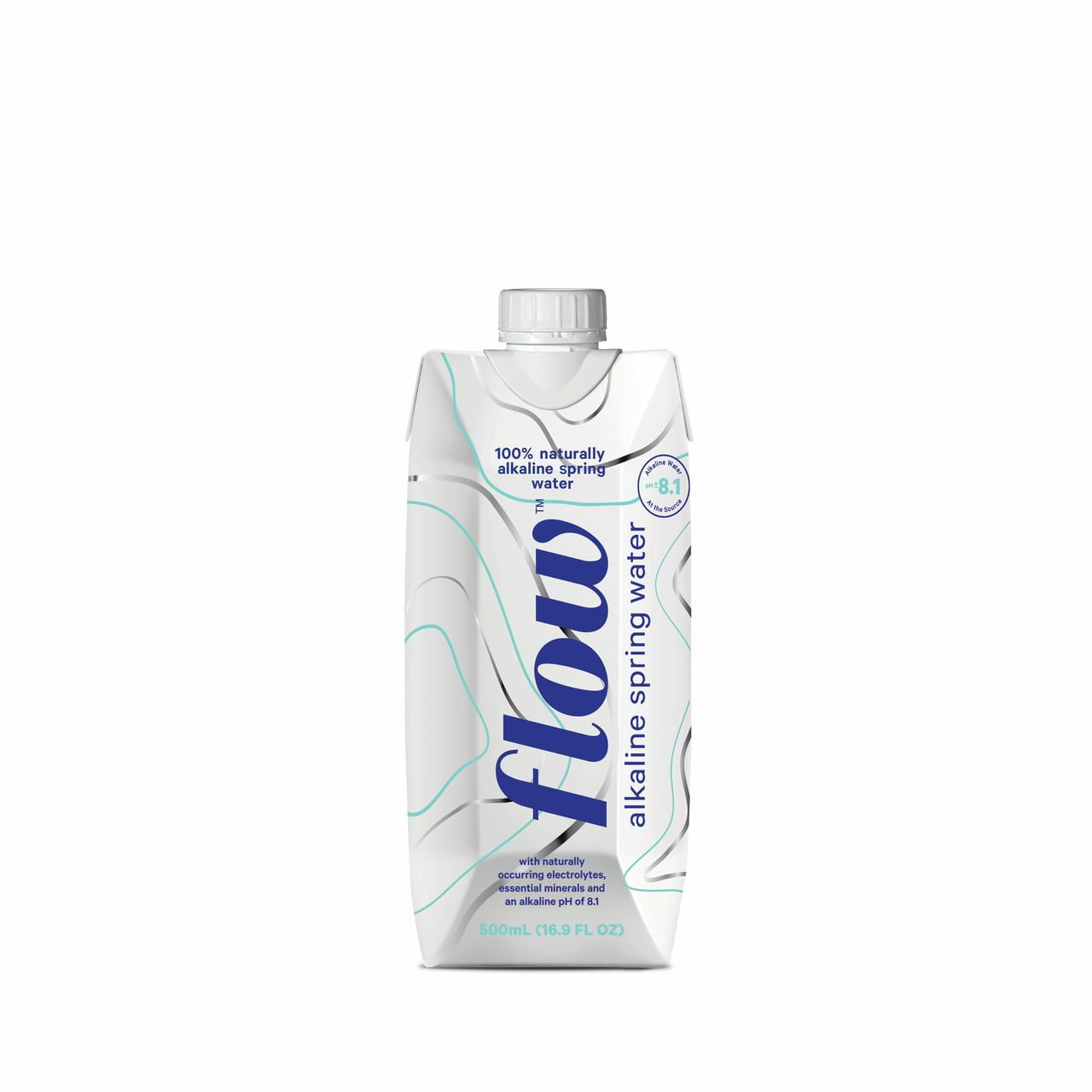
Overall, whether it be gravity or electric pumps, the same goal is achieved to make water flow and at an adequate pressure level. As a result, cities will have large water pump facilities and homes will have their own water pumps if necessary to maintain adequate pressure (because nobody enjoys a low-pressure shower). However, what if height and gravity are not on our side? Well, this is the case for most cities with skyscrapers or homes far away from a water tower. The water is stored up high and creates pressure in the piping system then it uses the force of gravity to flow towards homes and businesses. This same concept applies to water towers we see looming over us in every passing city. You can also imagine mountain snow melting and flowing into a river. Naturally, water flows from a high point to a low point under the influence of gravity, much like you or I would push a rock down a hill. This may seem like a trivial question but it’s very important in our discussion of water flow.
#FLOW WATER HOW TO#
This article will focus primarily on how to control water flow in a water system for any application using a water flow regulator, and the importance of using one. As one can see, water and water flow is an extremely important topic not only to the industrial world but to the consumer and this circular environment we all live in day to day. The cost to use, move, and dispose of water accounts for large portions of the operating cost of goods and services.

The time for highly energy-efficient and effective water flow systems is necessary now more than ever. Whether it is a lake day in the summer sun or a wastewater treatment plant, water is flowing back and forth, dirty and clean, vapor to rain, in a constant cycle that becomes ever more pressing in our developed world of increasing population. The Continental Divide is a north‐south line in the western United States and Canada that separates those streams that flow into the Pacific Ocean from those that empty into the Atlantic Ocean or the Gulf of Mexico.Water this and water that, almost all functions of the natural and man-made world connect to water as an essential resource. The line of highest elevation that separates one drainage basin from another is called a drainage divide. A small tributary to the Mississippi River, on the other hand, might have a drainage basin of only a few square miles. The size of the drainage basin depends on the size of the stream-large river systems have drainage basins that cover thousands of square miles. Flash floods are common in the southwestern United States where the terrain is dry, rocky, and sparsely vegetated.Ī drainage basin is the land area that contributes water to a stream and its tributaries (the smaller streams that flow into it). The flooding is a result of the ground becoming saturated and not being able to absorb any more water or of the water just coming too fast to be entirely soaked into the ground. Very heavy amounts of rainfall over short periods create flash floods.

Eventually sheetwash flow forms small channels called rills rills join to form larger temporary streams.Ībout 80 percent of all rainfall is soaked into the ground and becomes groundwater or is taken up by plants and returned to the atmosphere through transpiration. Sheetwashes typically occur in arid climates or where the ground is saturated and cannot accept any more water. Water sometimes moves overland during heavy storms as a sheetwash, a thin layer of unchanneled water. Flooding results when a stream's flow is increased and exceeds the capacity of the stream channel. The stream is often flanked on both sides by a flat floodplain that is created when periodic flooding deposits mud and silt over extensive, low‐lying areas. This terminus is called the mouth of the stream.

The stream flows downhill and across lower elevations to its terminus, where it enters another stream, lake, or ocean. A stream's headwaters are where the stream originates, usually in the higher elevations of mountainous terrain. Streams (any flow of water within a natural channel regardless of size) are the most important kinds of channel flow that affect landscapes. Waterways erode, transport, and deposit rock and sediment to produce landforms such as canyons, valleys, deltas, alluvial fans, and floodplains. Running water is the most active landscape‐transforming agent on the earth's surface.

It is the continuous exchange of water between the atmosphere, land, and ocean. The hydrologic cycle is the constant circulation of the earth's water through precipitation, evaporation, and transpiration (the release of water into the atmosphere by plants).


 0 kommentar(er)
0 kommentar(er)
